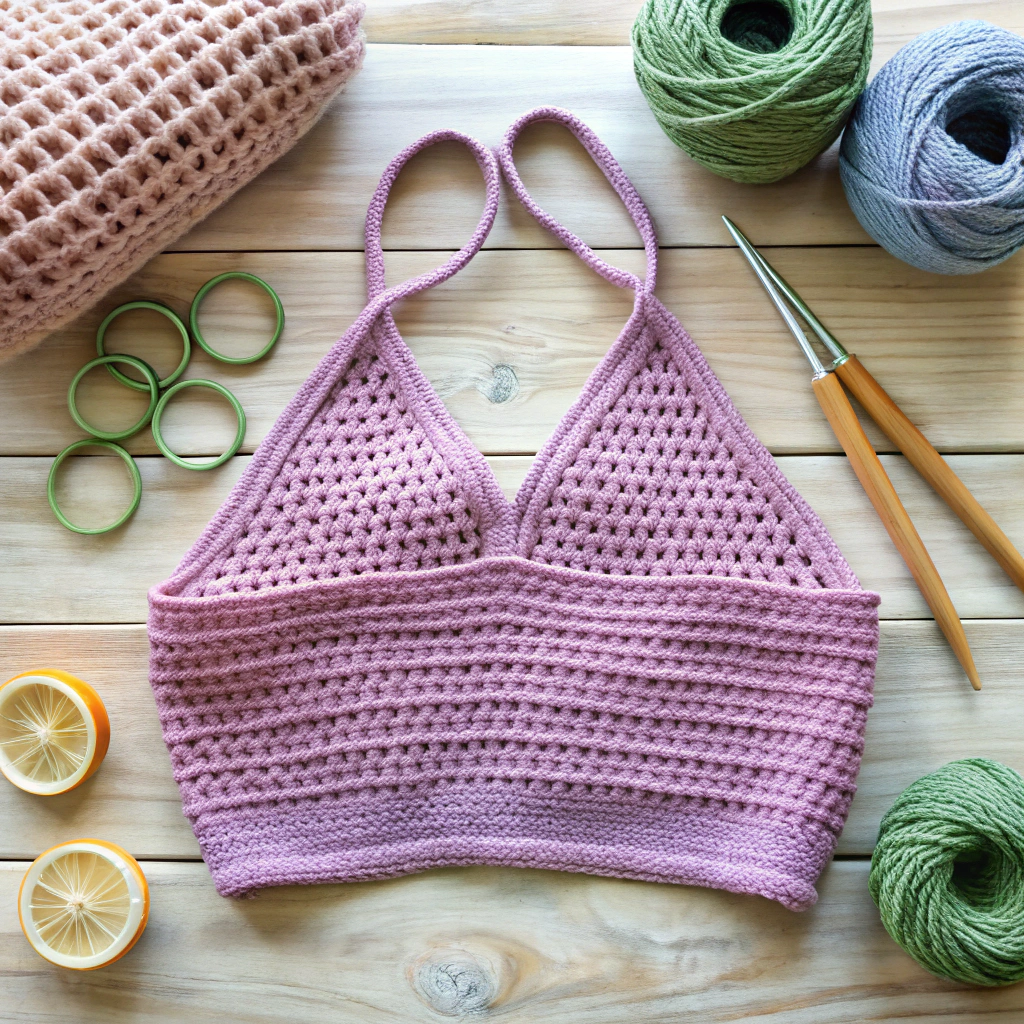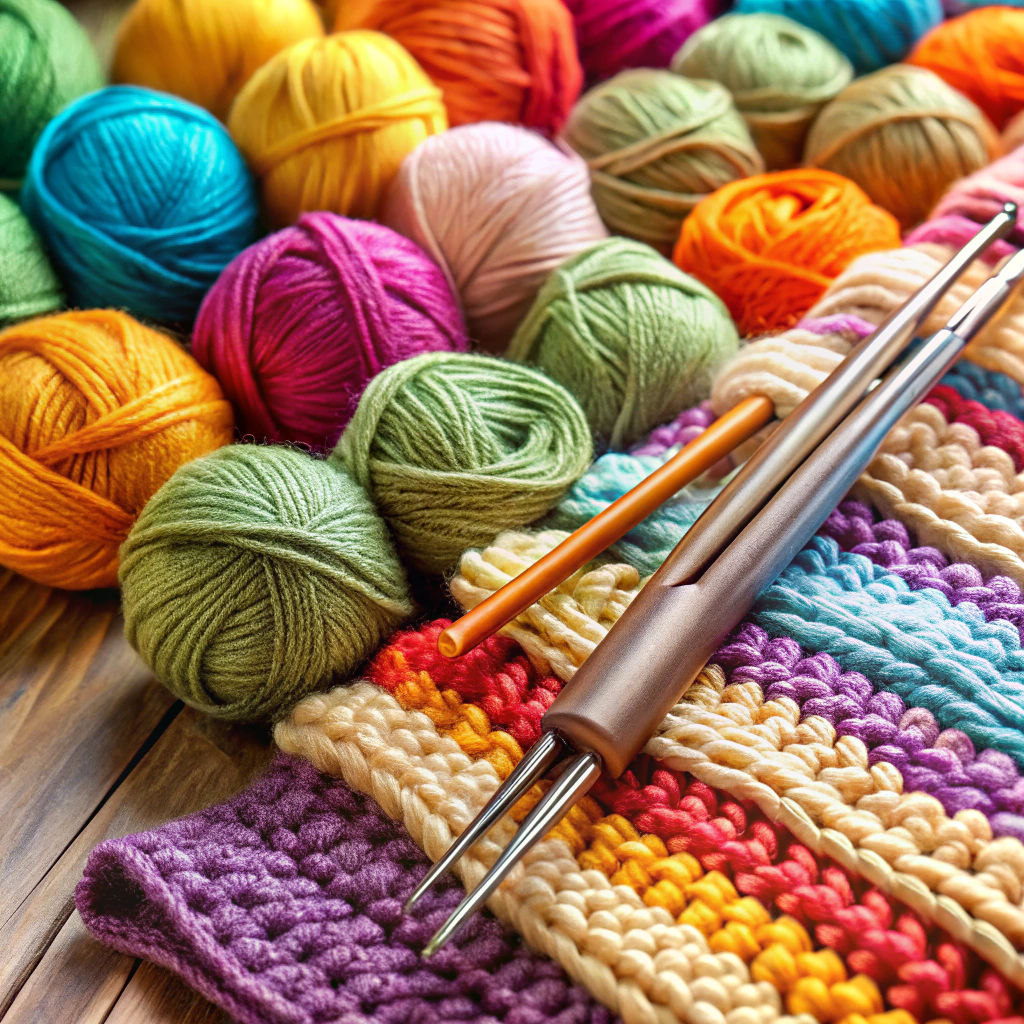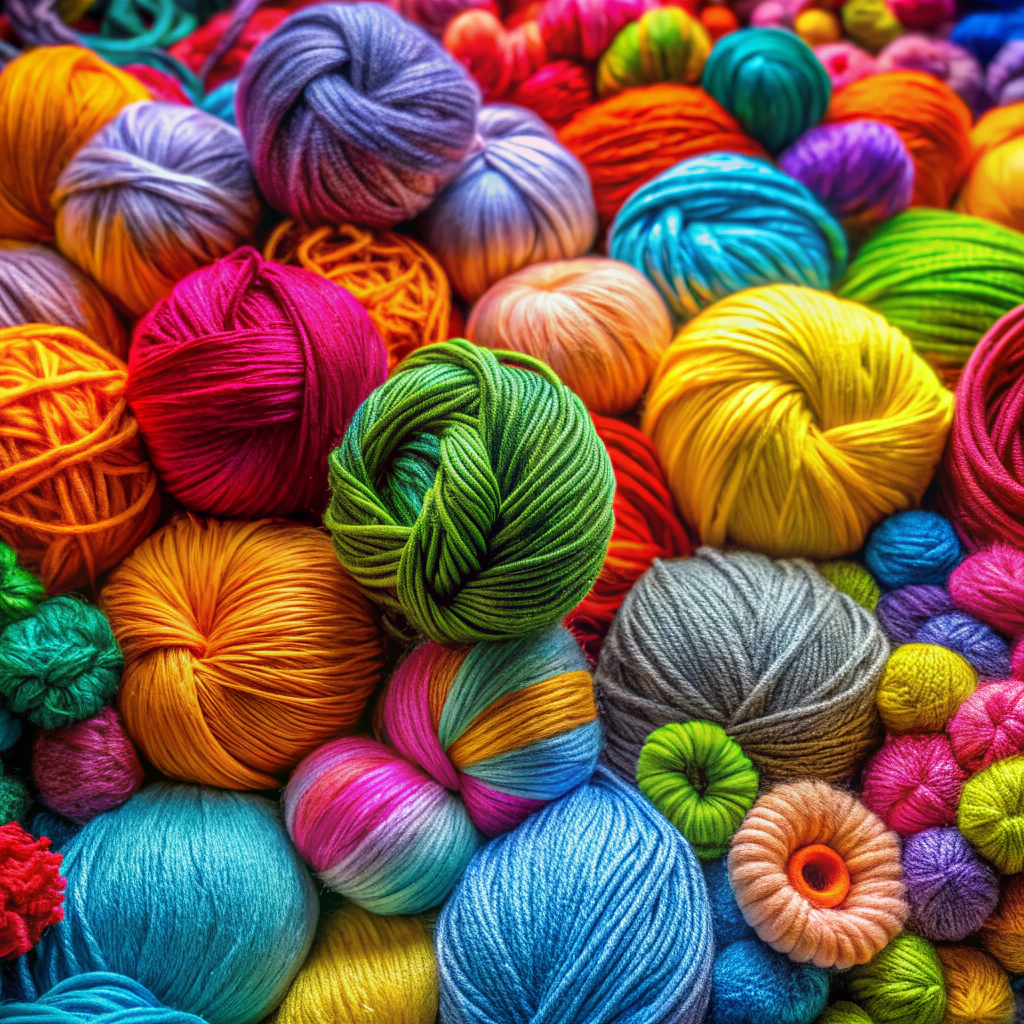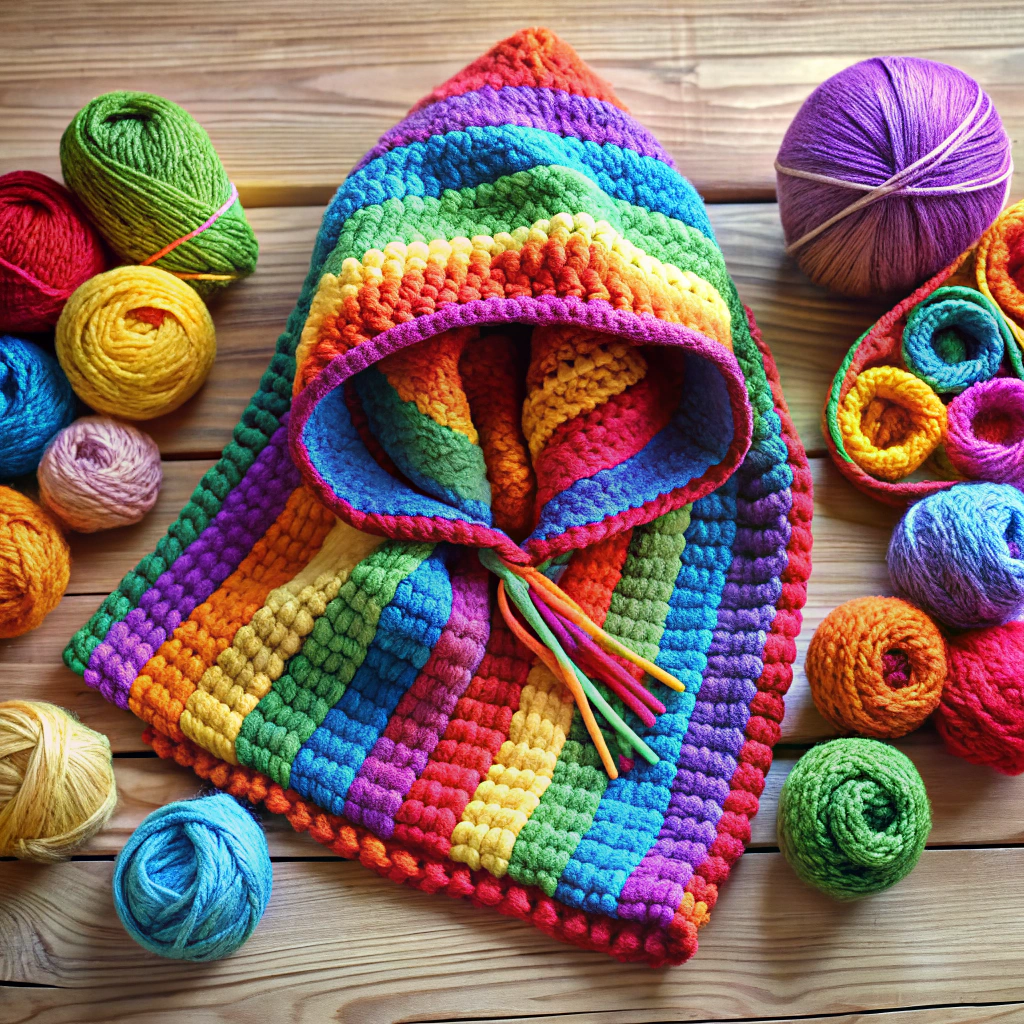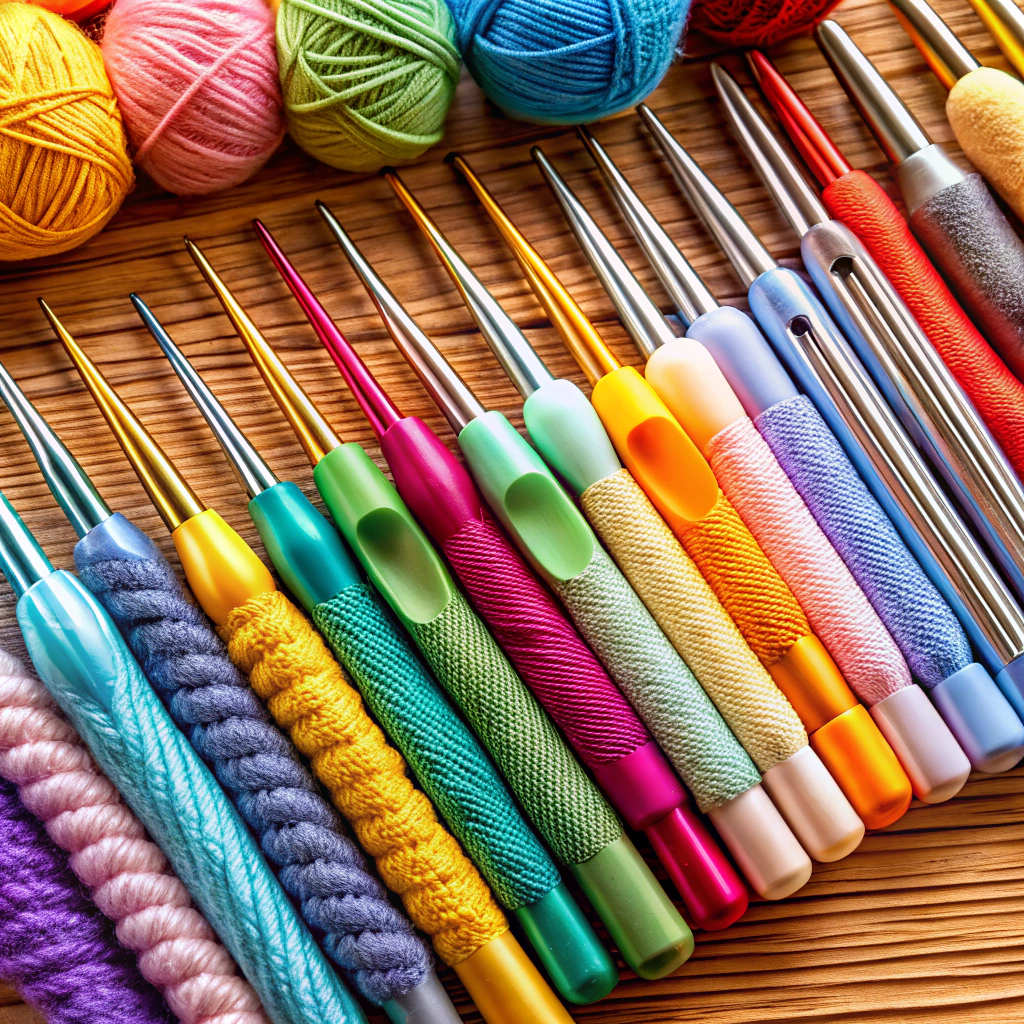Learn how to match crochet hook sizes with yarn types to avoid crafting disasters and ensure perfect stitches every time.
Ever had a crochet project unravel like your patience during rush hour traffic? Fear not! This yarn-tastic guide dives into the mysteries of crochet hook sizes and yarn pairings. Expect a whirlwind tour through the land of hooks – sizes, conversions, and how to avoid hook horror stories. Learn the art of pairing yarn with hooks, discover hidden gems like specialty hooks, and ace your next project like a crochet wizard. Be prepared to make fewer crochet blunders and more granny squares. Let’s crochet! 🧶
Key takeaways:
- Match hook size with yarn weight for best results.
- Check yarn labels for suggested hook sizes.
- Test gauge with a swatch to ensure accuracy.
- Use larger hooks for bulky and super bulky yarns.
- Explore specialty hooks for unique crochet experiences.
Overview of Crochet Hook Sizes

Crochet hooks come in various sizes, each designed to handle different yarn weights and create distinct stitch sizes. The most common sizes range from tiny hooks used for delicate lace to hefty hooks for chunky, cozy blankets.
Hooks are labeled with letters (like G, H, I) or millimeter sizes (4.0 mm, 5.5 mm). Each size ensures a specific gauge, meaning how tight or loose your stitches will be. For example, a small hook size like 2.5 mm will produce finer stitches, perfect for intricate designs.
Bigger hooks, say 9.0 mm, make larger stitches, great for quick projects or when you want a looser, airy fabric.
Navigating the array of sizes may seem daunting, but remember: the right hook size can make or break your project. Think of it like Goldilocks – finding the one that’s just right will make your crocheting life oh-so-smooth.
Understanding Crochet Hook Size Labels
Labels on crochet hooks can seem like a secret code, but it’s simpler than it looks. Here are some key points to understand:
- Crochet hooks are labeled by size, which indicates the diameter of the hook’s shaft. The smaller the number, the finer the hook.
- Different regions have unique sizing systems. In the U.S., sizes typically run from B-1 (2.25mm) to S (19mm). The UK and Canada use a different numbering system, which can turn deciphering into a fun puzzle!
- Many hooks also show their size in millimeters (mm). For example, a G-6 in the U.S. is a 4mm hook.
- Some labels include both the letter/number size and the mm size, making life easier for all yarn crafters.
- Knowing which system your hook uses will help you avoid accidentally crocheting a hat for an oversized garden gnome.
Understanding these points can demystify those tiny engravings and guide you to crocheting success!
Common Crochet Hook Size Conversion Chart
Navigating between US, UK, and metric crochet hook sizes can feel like deciphering a secret code. But fear not, crochet crusader! Here’s a handy cheat sheet to demystify the magic.
- The US system uses letters and numbers (B-1, C-2, up to P-16).
- The UK has numbers that go down as the hooks get larger (14, 13, down to 1).
- The metric system sticks to millimeters (2 mm, 2.5 mm, 3 mm, etc.).
So, a US Size H-8 is a UK Size 6 and a 5 mm in metric. Simple, right?
Imagine trying to whittle with a chopstick versus a garden rake. That’s the difference a conversion chart can make!
What Happens If You Use the Wrong Size?
Your crochet dream can quickly turn into a wonky nightmare if your hook size and yarn aren’t best friends. Imagine crocheting a hat big enough for an elephant or a scarf perfect for a doll.
Your stitches could be too loose or too tight. Loose stitches make your project look like Swiss cheese. Too tight, and it’s a stiff, unworkable board.
Details matter. Your pattern’s dimensions will be off, meaning that cozy sweater might fit your cat better than you. Also, the drape and feel of your fabric change. Soft and flowy can become rigid and rough. Or, the other way around.
Inconsistent tension messes with the beautiful texture that your pattern promises. Uneven rows are not a fashion statement, trust me.
So, keep your hooks and yarn in harmony, and avoid these crochet calamities.
How to Choose the Right Size Crochet Hook
Think of choosing your crochet hook size like picking the perfect spoon for a bowl of soup. Too big, and your stitches look like slurping elephants; too small, and you’ll be knitting for ants. Here’s how to dodge both disasters:
Match the hook size to the yarn label. Yarn labels often suggest a hook size for optimal results. Like a matchmaker, it’s usually spot on.
Consider your project. Blankets might need larger hooks for that cozy, loose texture. Amigurumi? Smaller hooks for tighter stitches, so the stuffing doesn’t sneak out.
Gauge matters. Always, always check your gauge! Make a small swatch to see if your stitches per inch are on target. If not, upsize or downsize your hook.
Think about your tension. Tight crocheters may need a bigger hook; loose crocheters, a tad smaller. Hands are unique—just like your crochet creations.
Experiment. Crochet is an adventure. If a hook feels awkward or the stitch looks off, swap it out. There’s no crochet police, just creative freedom.
Follow these tips and you’ll hook like a pro! Happy stitching!
Tips for Choosing the Right Hook Size for Your Project
First, check your pattern. Patterns usually specify the hook size needed. It’s like the treasure map of crochet – follow it!
Next, consider the yarn weight. Chunky yarn and delicate lace threads demand different hook sizes. You wouldn’t use a snow shovel for gardening, right?
Gauge swatches are your new best friend. Crochet a small sample to see if your work matches the pattern’s measurements. It’s a tiny test-drive, no license required.
Experimentation is key. Try different hook sizes with your yarn to see what gives the best stitch definition and drape. Think of it as a mini adventure, without needing a passport!
Comfort matters. Find a hook that feels good in your hand. There’s no right or wrong here, just like with pizza toppings.
Lastly, relax. Your project should be fun, not a yarn-based stress test. Enjoy the journey, one stitch at a time.
How to Choose Yarn for Different Crochet Hook Sizes
To make your crochet project shine, match your yarn to your hook size like a pro. Let’s break it down:
- Lightweight Yarn: Perfect for those nimble, tiny hooks. Think fine lacework or intricate doilies. Use small hooks ranging from 2.25 mm to 3.5 mm. You’ll be creating dainty masterpieces in no time.
- Medium Weight Yarn: This is your bread-and-butter yarn. Ideal for those go-to hooks between 4 mm and 5.5 mm. Great for comfy sweaters, cozy blankets, and hats that actually fit.
- Bulky Yarn: When it’s cold and you need a chunky scarf pronto, bulky yarn with hooks sized 6 mm to 8 mm is your best buddy. Fast projects, big results.
- Super Bulky Yarn: Ready to crochet a blanket in a weekend? Use hooks sized 9 mm and larger. Perfect for those massive, cozy home décor pieces that scream “hug me.”
- Novelty Yarns: Glittery, fuzzy, or textured yarns need a bit of TLC. Use a slightly larger hook than the yarn label suggests to avoid a tangly mess.
Remember, the yarn label is your cheat sheet. It often suggests the best hook size, making it easier to hit that crochet sweet spot. Happy hooking.
The Best Yarn for Any Hook
When it comes to pairing yarn with your hook, think of it as matchmaking for your next masterpiece. Different yarn weights correspond to different hook sizes, so you want to get that pairing just right.
For fine projects like lacy shawls or delicate doilies, reach for lightweight yarns like fingering or sport weight. A smaller hook, such as a 2.25 mm to 3.5 mm, is ideal for these projects.
Medium-weight yarns, like worsted, are the versatile, go-to players on your yarn team. They pair perfectly with mid-sized hooks, such as 5 mm to 6 mm. This combo works great for blankets, scarves, and hats.
When working with bulky or super bulky yarns, think big! Hooks ranging from 8 mm to 20 mm make it easy to create chunky, cozy items like winter wraps, throws, or those oversized cat beds.
Lastly, for those jumbo yarns that look more like rope than yarn, go mega with hooks 20 mm or larger. These pairings make those over-the-top statement pieces everyone will ask about.
Differences Between Inline and Tapered Crochet Hooks
Inline crochet hooks have a head that is in line with the shaft. Imagine a well-behaved student sitting up straight. These hooks offer consistent stitch size and reduced wrist strain. They’re great for beginners who need a smoother ride through their yarny adventures.
Tapered crochet hooks, on the other hand, have a head that gradually narrows from the shaft. Picture a mischievous troublemaker leaning over! These offer a bit more flexibility in your hook grip and can make it easier to pull through tighter stitches. Experienced crocheters love them for their versatility.
Inline hooks play nice with even tension. Tapered hooks prefer to party with a bit of wiggle room. They each have their quirks, but both can be your best buddy in the yarn world!
Specialty Crochet Hook Sizes
Ever heard of crochet hooks that sound like they moonlight in a sci-fi movie? Specialty crochet hooks do exist, and they’re pretty cool. We’re talking Tunisian, double-ended, and even hooks with ergonomic handles.
Tunisian crochet hooks are long, sometimes featuring a cord, perfect for picking up stitches like a knitting needle with commitment issues.
Double-ended hooks have hooks on both ends. It’s like having a crochet hook with a split personality, great for cro-hooking or double-ended Tunisian crochet.
Ergonomic hooks can save your hands during a crochet marathon, with cushy handles designed to prevent hand cramps.
Do not forget about tiny steel hooks, which are what you need for delicate, fine thread work. Think lace doilies and intricate details.
There are also jumbo hooks for those giant, chunky yarns. These hooks look like they could double as weapons.
In short, there’s a specialty hook out there for every niche project or comfort level. Dive in and find your hook soulmate.
